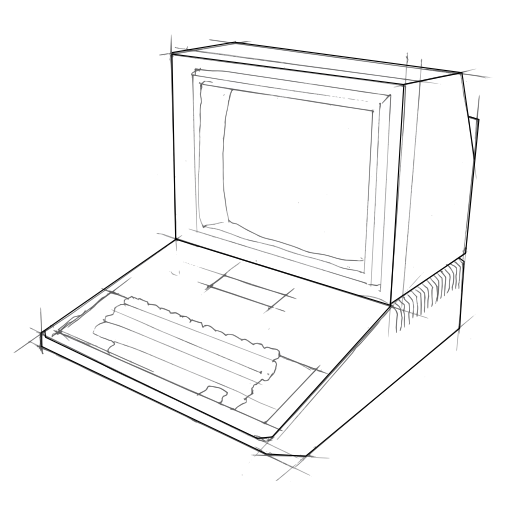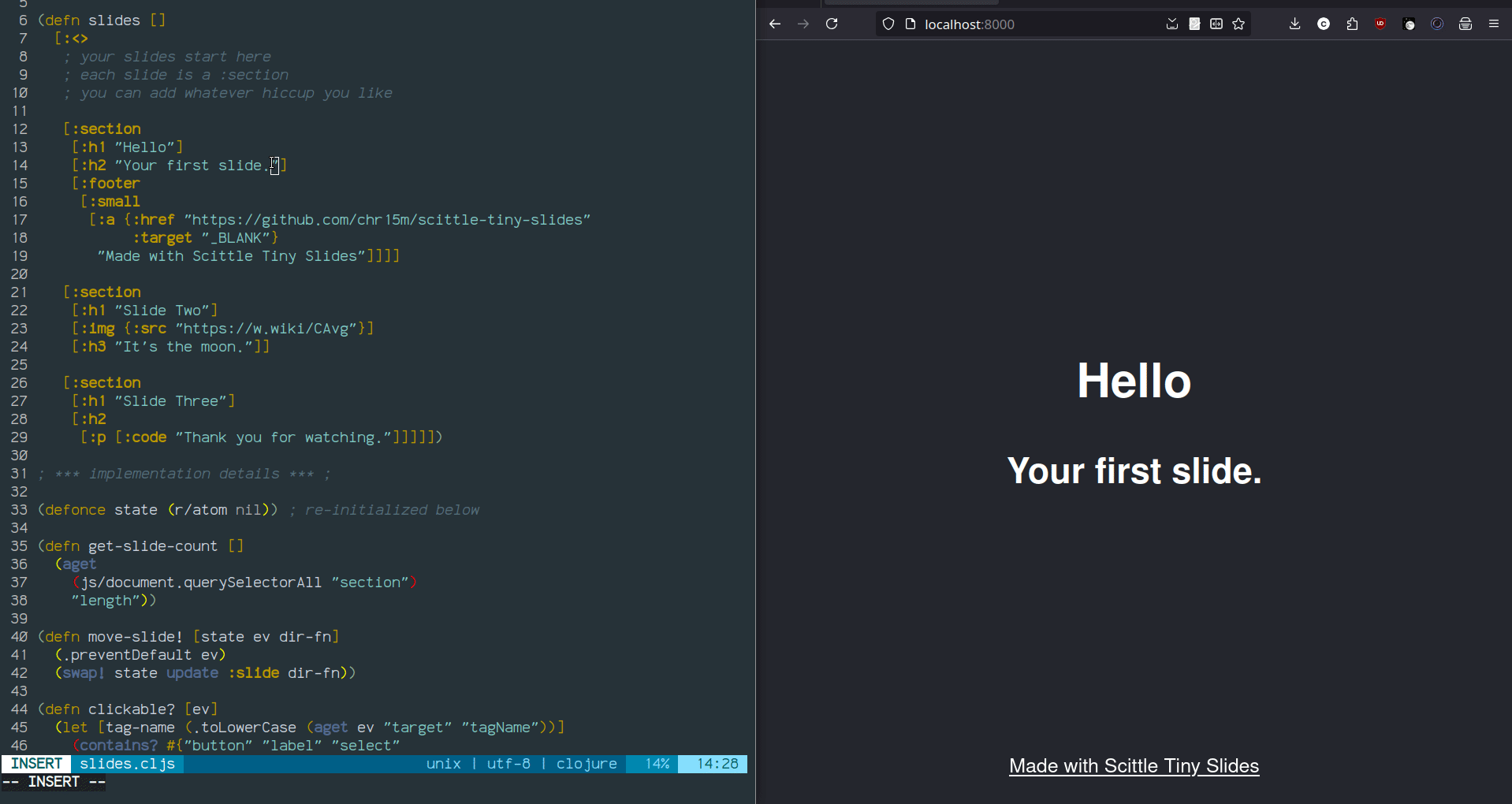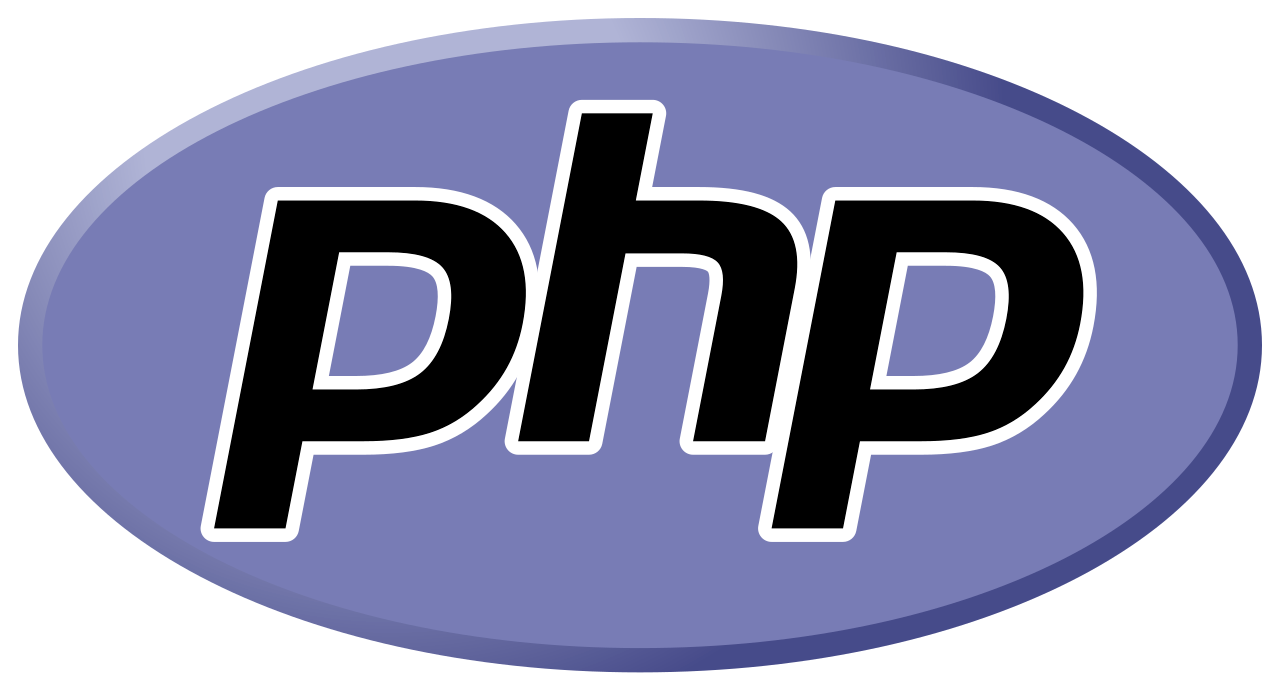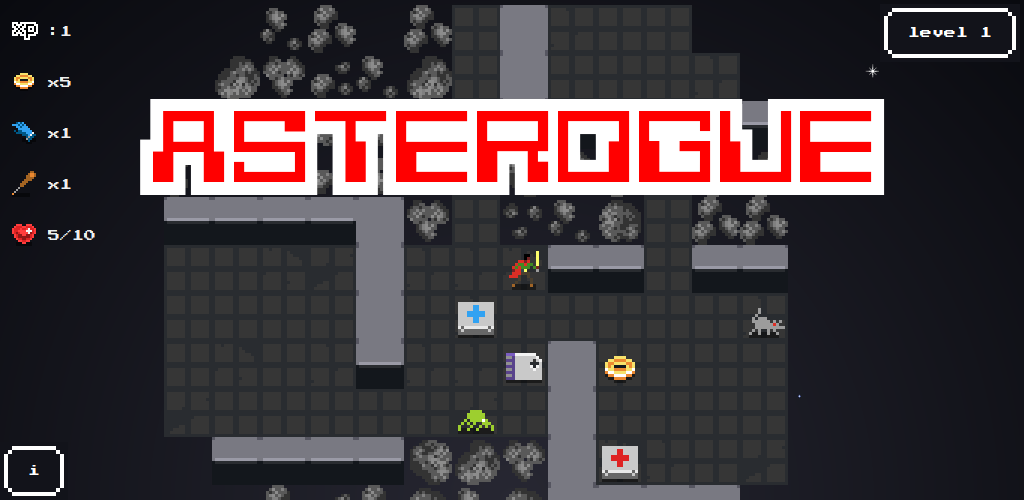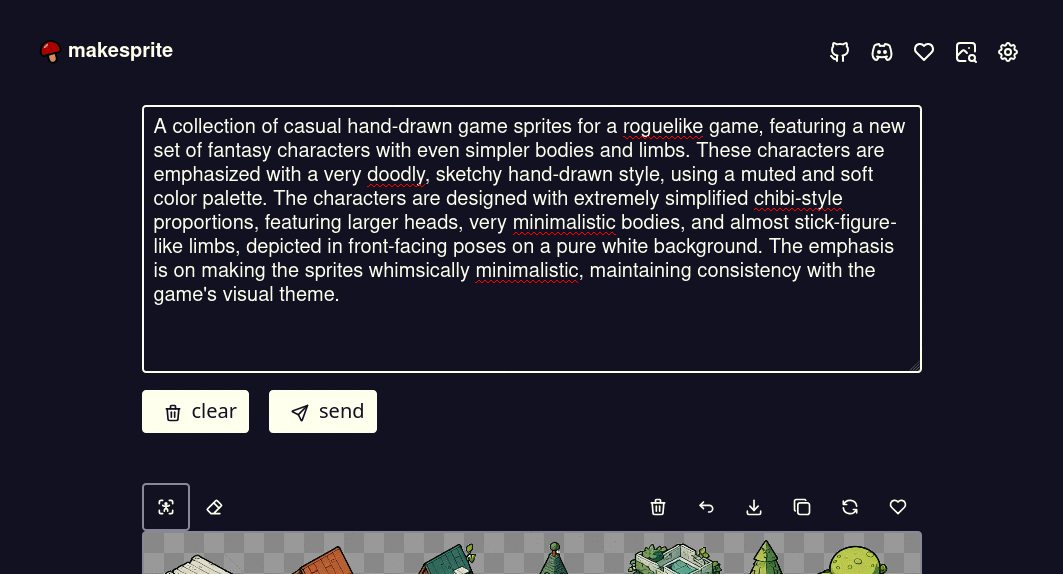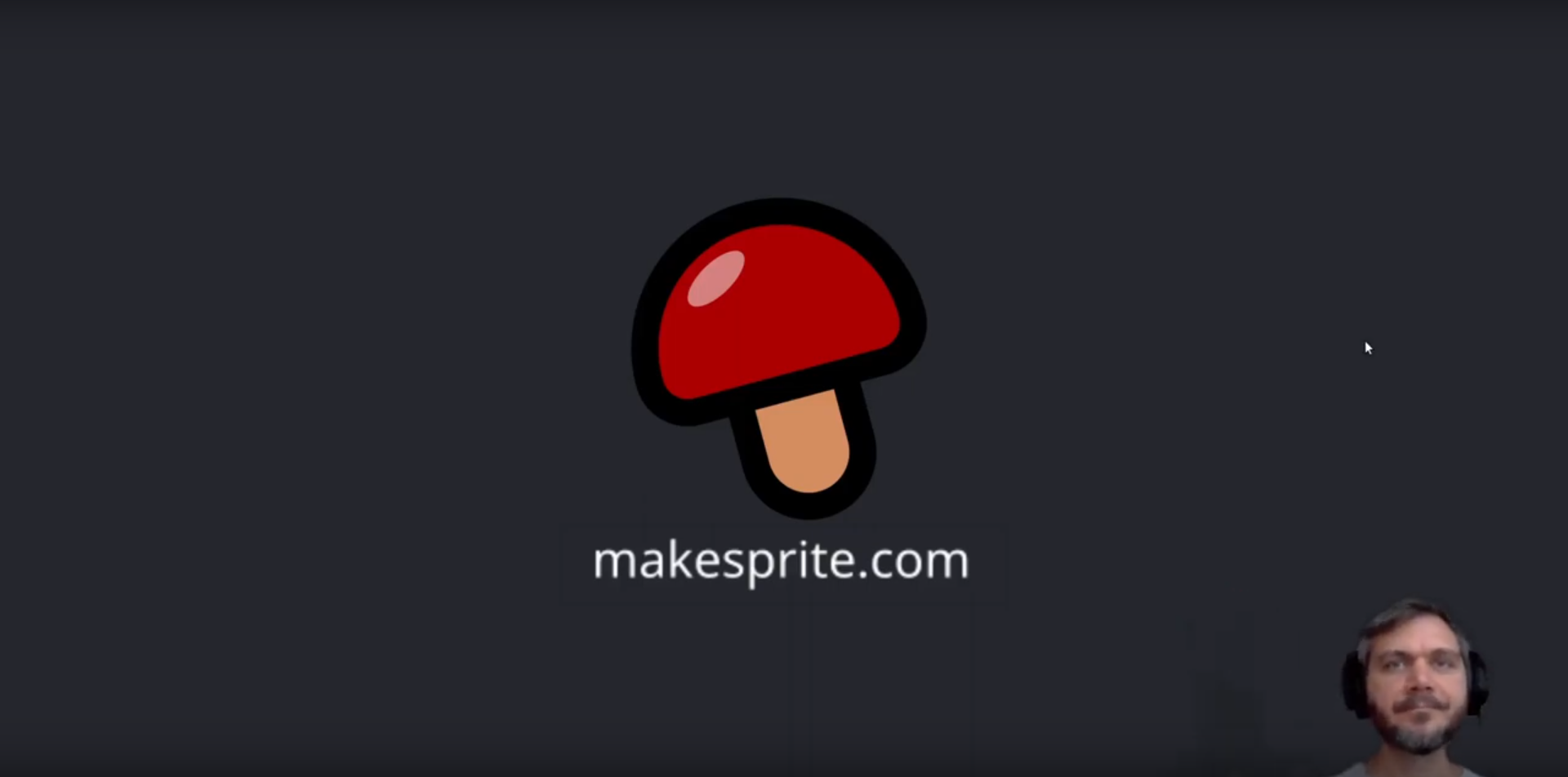We have a tendency to view things as fungible. That's a fancy way of saying "substitute one thing for another." It's how we make sense of the world. We say "that thing is like that other thing, let's compress them into a single category."
Fungible is a term from the world of economics. When we look at a coin with one value on it and a different coin with the same value, we treat them as the same object. We can swap one for the other and get the same practical outcome. This is also true of most products of capitalism. One Mars Bar is much like another and you can interchange them without worrying too much. This is generally good and helpful and makes things work properly. Capitalism biases us quite strongly towards viewing reality as composed of fungible items.
Even in nature we often treat objects as fungible. If somebody says "go and find two acorns" and we find seven acorns on the ground, we can generally pick any two.
No two acorns are the same though. We just pretend they are for the sake of efficiency. They are the same to within an acceptible tolerance. Two coins aren't the same either. If you're into numismatics you know a slight difference between two coins can mean a lot, and no two coins are actually identical after a while.
At the very least, even if you have two objects that are identical to a very high tolerance, they do not occupy the same physical space. Their locations in the universe are different and so are their histories.
These days the bias towards treating things as fungible is increasing. Maybe it's due to the permeation of economic thinking into every day life. Maybe it's to do with the increasingly virtual experience of the human condition. It's got to the point where we even treat other humans as fungible in many situations. The person who served you your coffee. The driver who picked you up this morning. The actual physical human being who clicked the like button when they saw your post on social media.
It's probably a bad idea to treat humans as fungible. It probably doesn't lead to the kind of world that is fun to live in. It's even more absurd than treating acorns, coins, or Mars Bars as fungible. Humanity is enumerable. There are a limited number of us and each of us is tremendously complex. Each of us evolved uniquely from millions of iterations of change and environmental influence. Every person alive has a unique genetic signature, phenotype, environmental context, consciousness, psychology, and place in history. They're simply not the same. The person who liked your social media post, drove you to your destination, served your coffee. All completely unique and deeply complex entities.
It's true that most of us will be forgotten. It's true that we might not be well known by many people in our time. So what? It's also true that we are physically unique and literally special (definition: "distinct among others of a kind").
In the film Fight Club the main character Tyler Durden says "you are not a beautiful and unique snowflake." I think that's wrong. Every snowflake is unique, every coin is unique, every acorn is unique, and every human is unique. You are distinct among others of your kind.
I'm trying to remember this when I interact with people each day.
